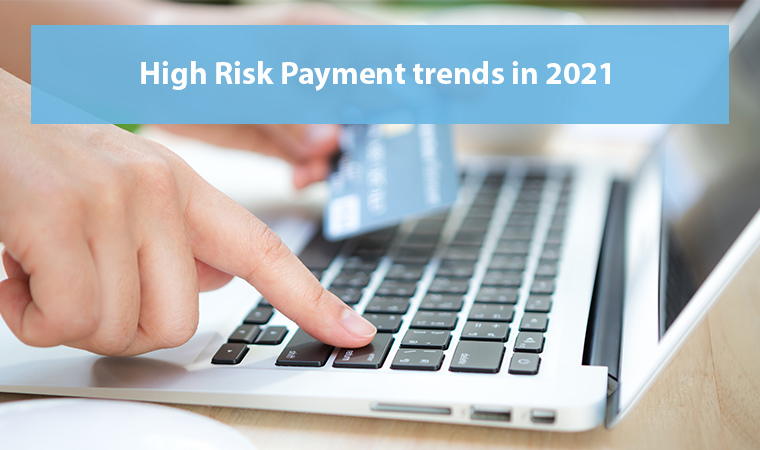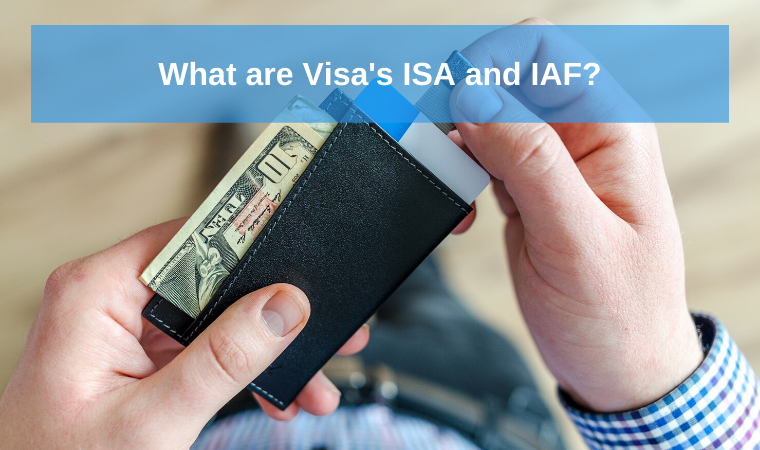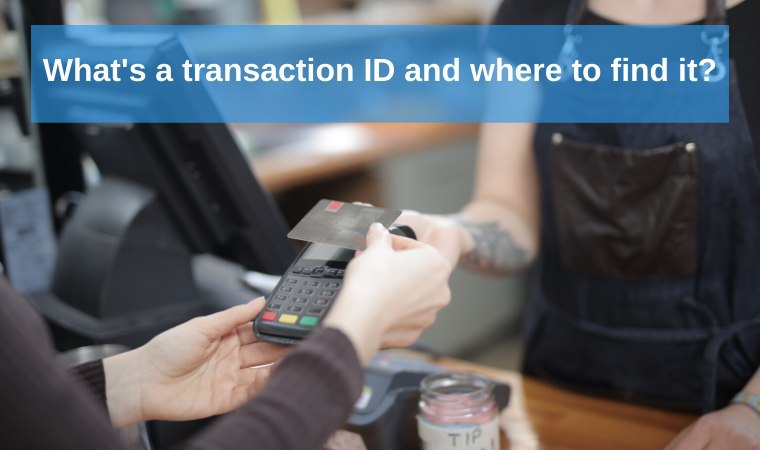Payment Processor
The processor (the payment processor) is the bridge between the merchant and the issuing bank. It is often the 3rd party that handles the posting of transactions for authorization, the assignment of funds requests, the receipt of accounts, pay-outs, transaction reports, billing, and other services.
Front-end processors are partnering with a wide range of card associations. They provide authorization and settlement services to the merchant banks and merchants. Back-end processors accept settlements from front-end processors and transfer the money from the issuing bank to the merchant bank.
In an operation that only takes a few seconds, the payment processor checks the payment details and forwards them to the respective card’s issuing bank or card association for verification. The payment processor also maintains a series of anti-fraud measures to safeguard the transaction. Additional factors, like the card’s country of issue and its previous payment history, are also used to boost the probability of the transaction being approved.
Once the payment processor has received approval that the credit card details have been verified, the data gets back from the payment gateway to the merchant — the latter than accomplishes the transaction. If verification is declined by the card association (like Visa or MasterCard), the payment processor passes the information to the merchant, who has no choice but to decline the transaction.


